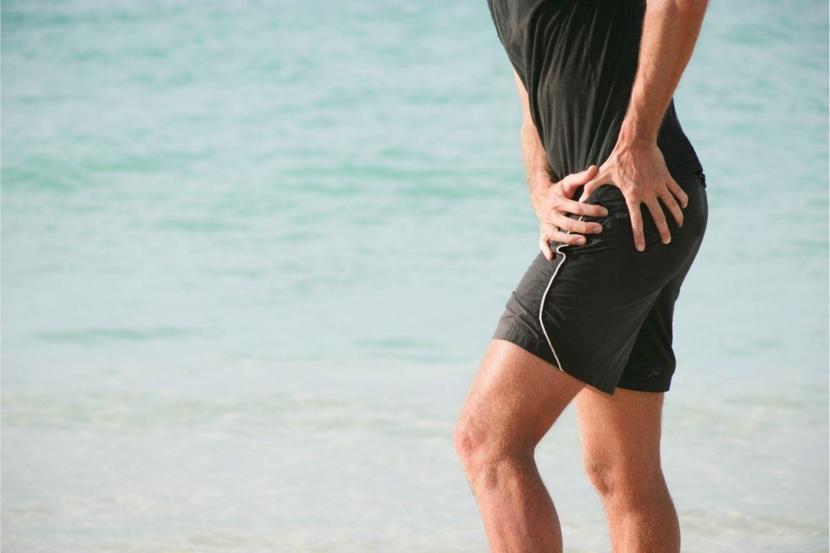5 Treatments for Outer Hip Pain

Dr. Raj Raval is a Fellowship trained Interventional Pain & Musculoskeletal Medicine Specialist. Dr. Raval completed a General surgery internship at St. Vincent’s Hospital in New York City, followed by residency in Physical Medicine & Rehabilitation (PM&R) at SUNY Downstate Medical Center, and further specialized in Interventional... more
Pain on the inside of your hip or groin is frequently caused by problems with the hip joint itself.
However, hip discomfort on the outside of your hip is usually caused by problems with the soft tissues (ligaments, tendons, and muscles) that surround your hip joint rather than problems with the joint itself.
A variety of illnesses might produce pain in the outer hip. However, there are several things you can take to alleviate your hip pain. Most patients respond well to conservative care, such as physical therapy, and medical interventions, such as injections or surgery, are rarely required.
Here's what you can do to ease your hip pain:
1. Get physical therapy
A physical therapist can teach you stretching and strengthening exercises to strengthen surrounding muscles, which can be highly useful for outer hip pain. Almost 80% of persons who receive physical therapy and education for gluteal tendinopathy see pain relief within eight weeks, which is superior to steroid injections and a "wait and see" strategy.
2. Use heat
Heat promotes muscle relaxation and aids in the relief of chronic aches and pains. Using heat to ease discomfort and enhance range of motion, such as with a hot water bottle or soaking in a hot bath, can help.
3. Change your sleeping position
If you sleep on your side, it may be beneficial to temporarily avoid sleeping on the uncomfortable side by resting your top leg on a pillow beside your body. This will relieve some of the pressure on your hurting hip.
4. Modify activity
"Can I still go running with lateral hip pain?" you may think. You certainly can. Continuing to exercise should alleviate your pain, but you may need to reduce the intensity or frequency of your runs to avoid pain and enable your body to recuperate. That could mean using a flat jogging route instead of your regular hills, or doing a jog/walk to ease pressure on hip muscles and tendons. Walking, biking, swimming, and strength training are some possibilities to consider.
5. Use over-the-counter (OTC) medication
To help relieve discomfort and swelling, over-the-counter (OTC) medications such as ibuprofen (Advil, Motrin), naproxen (Aleve), and acetaminophen (Tylenol) can be considered. Based on your medical history, ensuring you can safely take these medications is critical.
When Should You See a Doctor?
Most cases of outer hip pain do not indicate a serious condition and can be treated at home. Consult your physician if:
- You are not experiencing progress on your own after a few weeks (pain is growing worse or not getting better).
- Your symptoms disrupt your regular activities, such as sleep, or make simple chores like walking upstairs or using the restroom difficult.
- You have hip numbness or tingling.
- Hip pain occurs after a traumatic event, such as a car accident.
- Infection-related symptoms such as fever, chills, or redness accompany hip pain.
How is hip pain diagnosed?
When it comes to pain that could be caused by a condition like arthritis, your doctor will ask you several questions, like:
- Is the pain worse at certain times of the day?
- Does it have an impact on your ability to walk?
- When did your symptoms begin?
You may be asked to move around to allow your doctor to examine the joint in motion. They'll take motion measurements in both the normal and abnormal hips and compare them.
Your doctor will do fluid and imaging tests to detect arthritis. Fluid tests entail collecting blood, urine, and joint fluid samples for testing in a laboratory.
Imaging tests may include:
- MRI scans
- CT scans
- Ultrasounds
- X-rays
Your doctor will be able to see comprehensive images of your bones, cartilage, and other tissues thanks to imaging testing.








